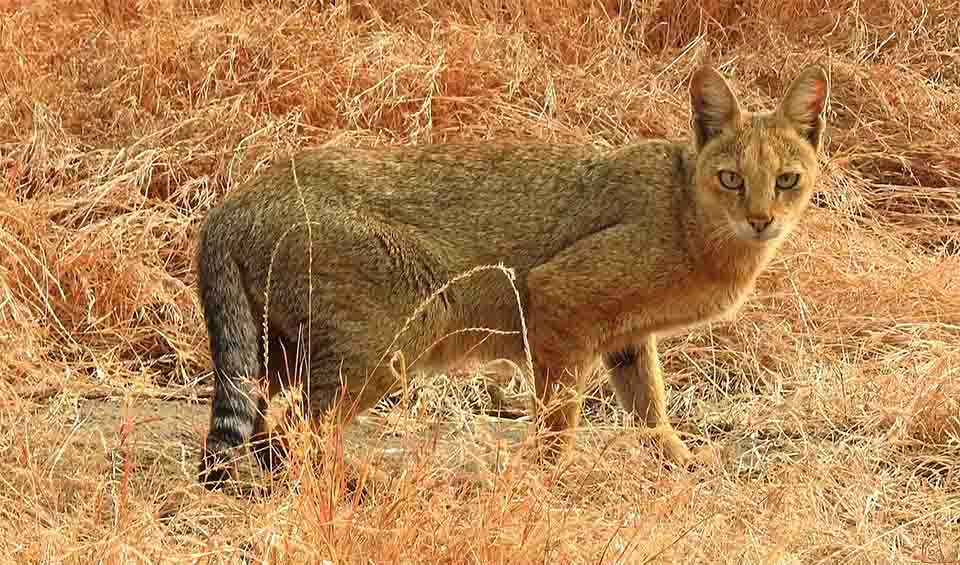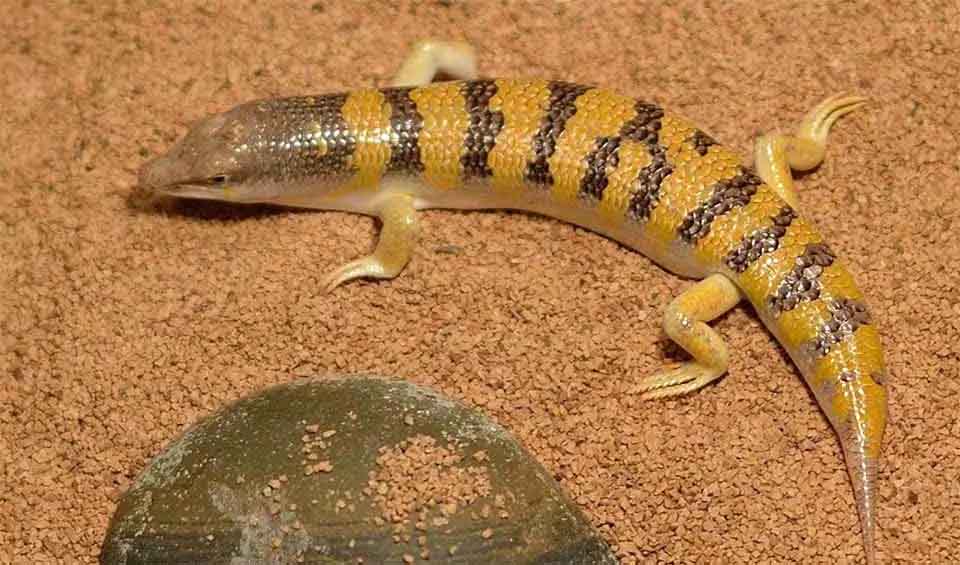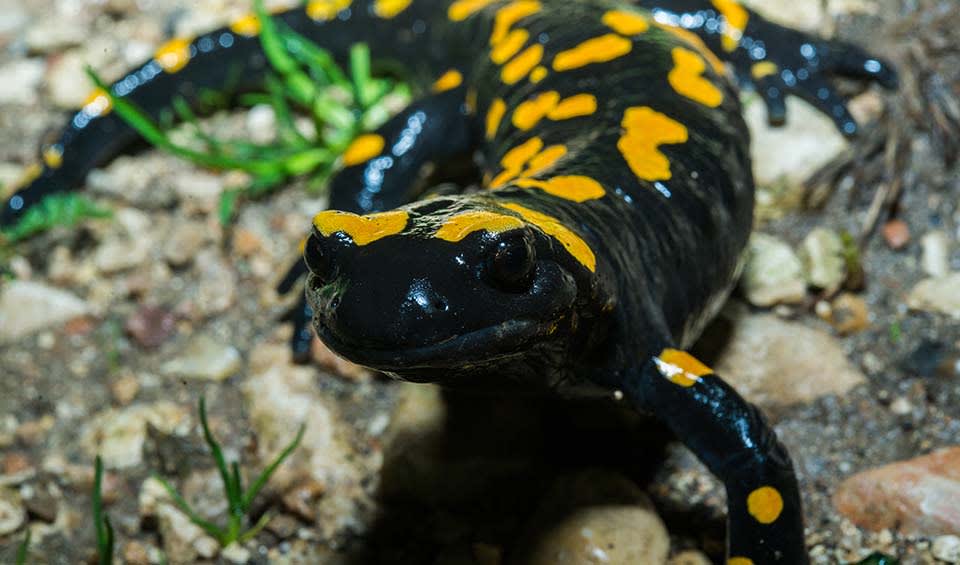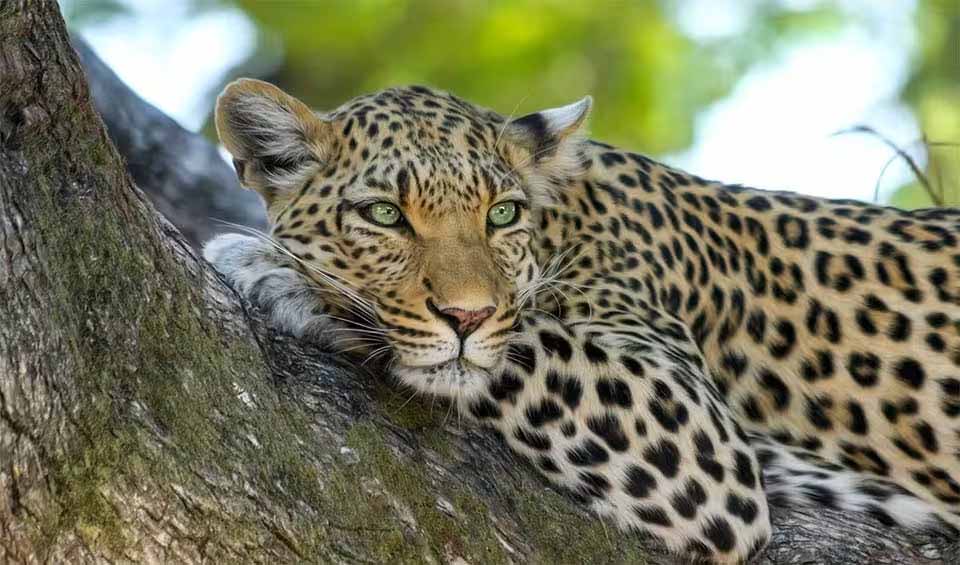Iran is celebrated for its exceptional biodiversity and expansive natural terrains, stretching from the snow-dusted heights of Mount Damavand to the arid expanse of the Dasht-e Kavir. The Iranian landscape shelters a remarkable spectrum of wildlife, including rare species such as the majestic Persian leopard, the Asiatic cheetah, and the Iranian red sheep, amid numerous endemic flora and fauna across its varied provinces.
In acknowledgment of the essential value of these ecological resources, Iran has committed to a range of conservation initiatives. Working in concert with local communities and global allies, the government has devised a network of sanctuaries, including national parks, protected areas, and wildlife refuges, which span across diverse habitats. These efforts are crucial for preserving the natural heritage and promoting ecological balance across the country’s vast and culturally rich landscapes.
Four pillars elaborated:
Iran hosts a variety of protected areas designed to conserve its diverse ecosystems and rich natural heritage, managed primarily by the Department of Environment. These include National Parks like Golestan, Kavir, and Lut Desert, which preserve significant natural landscapes and offer educational and recreational opportunities. Wildlife Refuges such as Miandasht are crucial for species like the Asiatic cheetah. Additionally, Iran has designated Protected Areas and Managed Nature Reserves to maintain biodiversity while supporting sustainable local resource use, and managing specific species or habitats more intensively. Collectively, these areas safeguard Iran’s ecological diversity, ranging from arid deserts and mountainous regions to forests and wetlands. Land Management
Land Management
Iran’s environment is experiencing significant strain from numerous threats, including desertification, soil erosion, overgrazing, and the loss of traditional knowledge. Other challenges include a lack of environmental awareness, population pressures, unsustainable consumption and production practices, and over-exploitation of resources. Pollution from oil, industrial activities, and agriculture is adversely affecting coastal habitats and water resources, while overfishing poses a serious threat to various fish species. To combat these issues, several projects have been initiated, focusing on integrated fertilizer management, improving irrigation and inland water management, afforestation, and mountain-related initiatives. Threats to Biodiversity
Threats to Biodiversity
For over half a century, the Iranian government has been actively engaged in biodiversity conservation, designating nearly 10% of the country’s land as protected areas. The Department of Environment (DoE) is specifically responsible for managing these areas, which encompass approximately 17.11 million hectares (170,110 km²) or over 10.34% of Iran’s national territory. The DoE oversees these regions under four main management categories: National Parks, Wildlife Refuges, Protected Areas, and National Natural Monuments. Additionally, the DoE administers more than 154 Non-hunting areas spanning over 5 million hectares (50,000 km²). Capacity and Governance
Capacity and Governance
Iran also contributes to international conservation efforts, including the UNESCO Man and the Biosphere Programme, under which it has established 12 Biosphere Reserves covering around 5.6 million hectares (56,000 km²). The country also maintains 24 Ramsar Sites and several Important Bird Wintering Areas, highlighting its commitment to protecting diverse habitats and wildlife.
The government and society in Iran are committed to working together to conserve and restore biodiversity to support sustainable development based on healthy environmental practices. The second National Biodiversity Strategy and Action Plan (NBSAP2) sets out four strategic goals and plans to achieve 24 national targets through 99 specific actions by 2030. Future Trends
Future Trends
The aim is to increase public awareness of how important biodiversity is for human well-being and to improve the condition of natural environments sustainably. This includes conserving natural landscapes, ecosystems, species, and genetic resources, which are essential for clean air, water, soil, and diverse plant and animal life. Achieving these goals will help improve people’s physical and mental health, ensure peace and security, and promote fair and sustainable economic and environmental practices.
Biodiversity
Iran, a country of extraordinary ecological diversity, is a testament to the wonders of nature. From lush forests and towering mountain ranges to expansive deserts and picturesque coastal areas, its varied climate and topography create a haven for biodiversity. The northern region, with its Caspian Hyrcanian mixed forests, is a crucial biodiversity hotspot, hosting a myriad of plant species like the Persian ironwood and the Caspian beech, and diverse wildlife, including the Persian leopard, brown bear, and a variety of bird species. The western frontier, guarded by the Zagros Mountains, is another vital biodiversity hotspot, with its oak-dominated woodlands providing a sanctuary for species like the wild goat, Armenian mouflon, and the Persian fallow deer.Iran’s desert regions, including the Dasht-e Kavir and Dasht-e Lut, are characterized by their unique desert flora and fauna adapted to extreme conditions. These deserts are home to species such as the Asiatic cheetah, one of the rarest cats in the world, the sand fox, and the spiny-tailed lizard. The country’s wetlands, such as the Anzali Lagoon and Lake Urmia, are crucial for migratory birds and aquatic life, supporting species like the flamingo, pelican, and various fish species. Coastal areas along the Persian Gulf and the Gulf of Oman contribute to Iran’s biodiversity, with coral reefs, mangroves, and rich marine life.
In the table below are the number of known species in several main groups, how many of these species are Threatened with extinction, and how many of them are Endemic (unique to Iran only):
| Species (World rank) |
Threatened | % Threatened | Endemic | % Endemic | |
|---|---|---|---|---|---|
| Mammals | 215 (#51) | 18 | 8.4% | 9 | 4.2% |
| Birds | 473 (#73) | 28 | 5.9% | 1 | 0.2% |
| Reptiles | 386 (#20) | 15 | 3.9% | 32 | 8.3% |
| Amphibians | 23 (#89) | 4 | 17.4% | 6 | 26.1% |
| Fishes | 685 (#85) | 58 | 8.5% | 23 | 3.4% |
| Plants | 8,200 (#38) | 7 | 0.1% | 2,597 | 31.7% |
mammals
Brown bear
The second largest bear, right after the polar bear. Sadly, it well might top the list soon
Jungle cat
One of the cats that were mummified and put into tombs in ancient Egypt as Egyptians worshipped a cat goddess
Marbled polecat
Delayed implantation enables them to time the birth for favorable conditions, such as when foods are abundant
birds
Golden eagle
This majestic brown raptor is most widely distributed eagle species
Indian roller
With its splendid plumage, it has earned its place as a jewel of the skies
Syrian woodpecker
One of the only birds that can drill a hole in the hardest of wood
reptiles
Grass snake
One of the most common reptile of the European wetlands
Sandfish skink
This skink dives and ‘swims’ under the sand
European pond turtle
At the first sign of danger, it will quickly dive into the water and hide
amphibians
Eastern spadefoot
While most frogs lay their eggs in permanent water bodies, this special frog prefers temporary pools that form after heavy rains
Levant water frog
A fully aquatic frog that spends its entire life in water, rarely coming to the surface
Near Eastern fire salamander
Visually striking, these show-stoppers have bright yellow fire-like spots on their body
National Animals
Lion
Tufted-tailed Simba in the plight
Cheetah
Racing to extinction: historically ranging throughout Africa to India, now distributed in small, fragmented populations
Leopard
Disappearing graceful shadows, this tree-climber is on the way to extinction



















